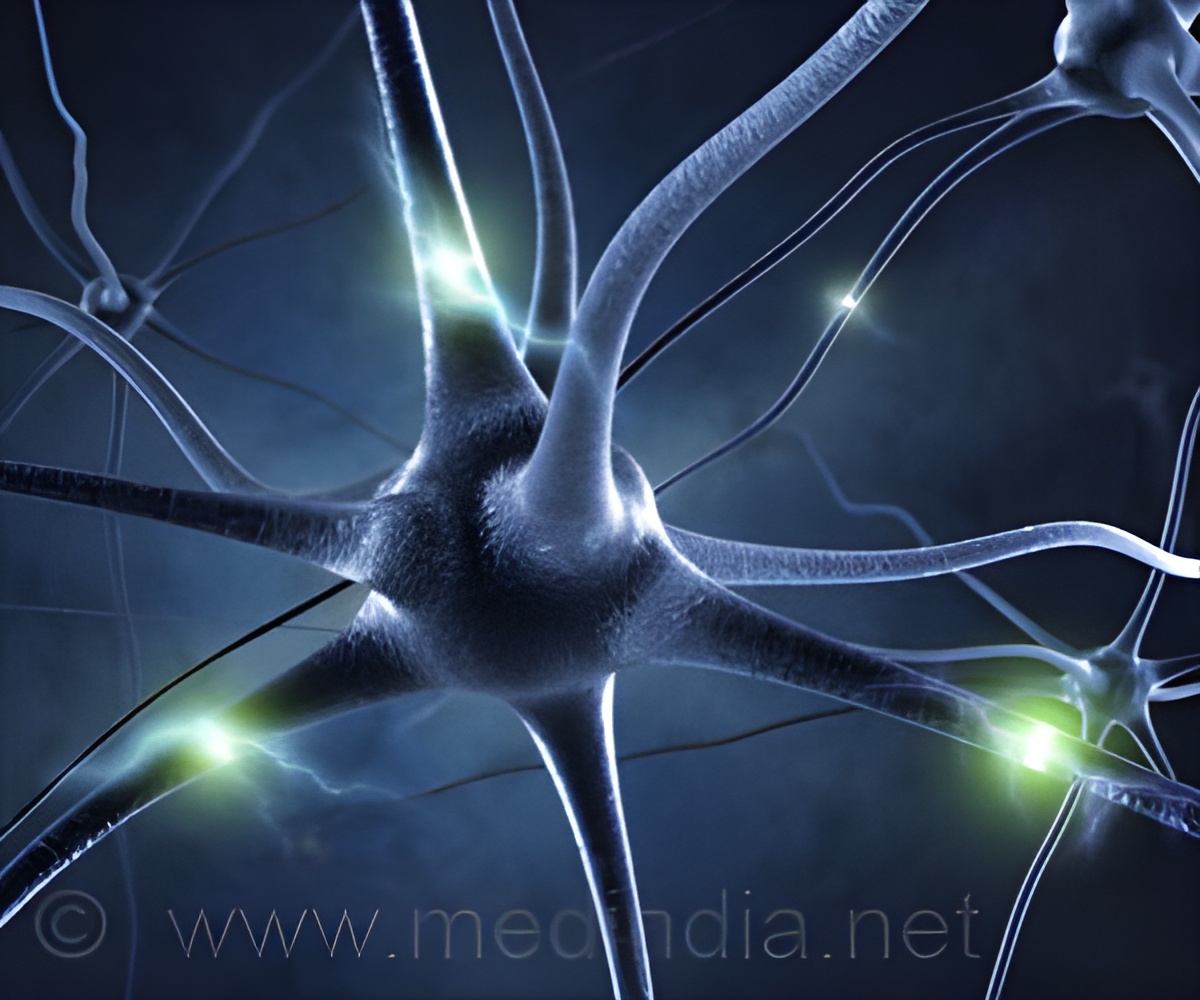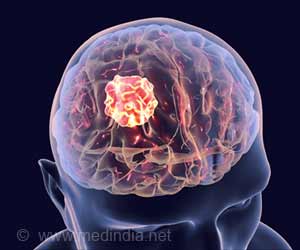
Navigating internal senses: A road map for the vagal interoceptive system
Go to source). Interoception, the body’s ability to sense its internal state accurately and promptly facilitated by the vagus nerve, is crucial for the functioning of the respiratory, gastrointestinal, cardiovascular, endocrine, and immune systems.
‘Research decodes the vagus nerve’s sensory pathways, paving the way for precise therapies. #vagusnerve #neuroscience #medindia’





Decoding the Vagal Sensory Code
Applying a variety of techniques, Zhao discovered that vagal sensory neurons independently code the three critical features of a body signal: the involved visceral organ, the tissue layer where the signal originates, and the type of sensory modality, as he writes in his award-winning essay in Science.“We have generated a road map for the vagal interoceptive system—or maybe it is better to simply think of it as a delivery system like FedEx or UPS,” said Zhao, an assistant professor in medicine-endocrinology and McNair Scholar at Baylor University School of Medicine. “The vagus nerve is a bidirectional highway to communicate information between the body and the brain.”
His research could inform future therapies that stimulate the vagus nerve to treat a variety of physical and psychiatric disorders. At the moment, vagal nerve stimulation (VNS) through an implantable electrical pulse generator has been approved by the U.S. Food and Drug Administration to treat drug-resistant epilepsy and depression.
“Dr. Zhao’s essay is a very engaging journey in the world of bodily sensations. Dr. Zhao and colleagues developed a multi-pronged approach to determine how the vagal interoceptive system senses and responds to cues originating from different organs,” said Mattia Maroso, senior editor at Science.
“Given the major clinical relevance that vagal nerve stimulation has gained in recent years, I predict that the results produced by Dr. Zhao and colleagues, beautifully presented in this year’s winner essay, will pave the way for better and more precise vagal nerve stimulation therapeutic interventions for interoceptive disorders.”
Advertisement
Deciphering the Complex Traffic of Vagal Sensory Neurons
The vagal highway is crowded with traffic, with sensory and motor pathways intermingling in the nerve bundle. One of the potential challenges of expanding VNS is finding ways to identify and target specific vagal signals instead of broadly stimulating the nerve and potentially creating unwanted side effects.“We know that vagal sensory neurons can project to the visceral organs,” said Zhao. “So our question was what signals from those visceral organs need to be sensed by vagal sensory neurons?”
Advertisement
Zhao combined a viral tracing approach with single-cell RNA sequencing to first identify organ-projecting neurons. The analysis revealed that vagal sensory neurons use differential gene modules to code specific visceral organs. In a second analysis, he traced neuronal projections in transparent, whole-mounted mouse organs to determine how vagal sensory neurons innervate the layers of specific tissues.
Finally, he and his colleague Chuyue Yu at Yale University developed a in vivo calcium imaging technique that allowed them to identify the molecular features of vagal sensory neurons responding to different types of stimuli, such as the mechanical inflation in the lung and the chemical stimuli of nutrients from a protein shake in the mouse GI tract.
“When we have the anatomical map together with the molecular information and the inputs from functional imaging, then we can really have a full picture to understand the sensory logic,” Zhao said.
All three coding modalities are independent, not arranged in a hierarchy. Since a relatively small number of vagal neurons must convey vast amounts of information, “this combinatorial strategy is a more efficient way to code diverse and numerous sensory cues from the body to the brain,” said Zhao.
Zhao said his findings could provide potential new vagal targets, so future researchers might use these “genetic information to help them access different visceral organs precisely.”
The more detailed map also could help clarify the vagus nerve’s role in interoception and whether there might be neuromodulatory applications for treating interoceptive disorders, he added.
Zhao is interested in discovering more about how vagal sensory neurons might behave differently across the lifespan and under different disease conditions. “We know that our physiological parameters, such as heart rate, blood pressure will change during aging so we might want to look, for example, at how the aging state changes the interaction between the sensory nerve and different organs.”
Reference:
- Navigating internal senses: A road map for the vagal interoceptive system - (https://www.science.org/doi/10.1126/science.adq8578)
Source-Eurekalert









